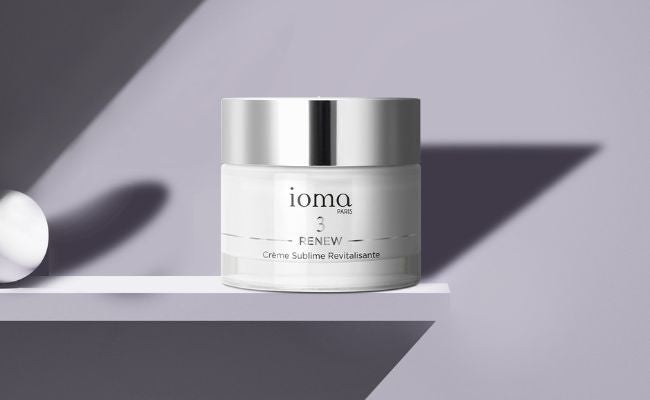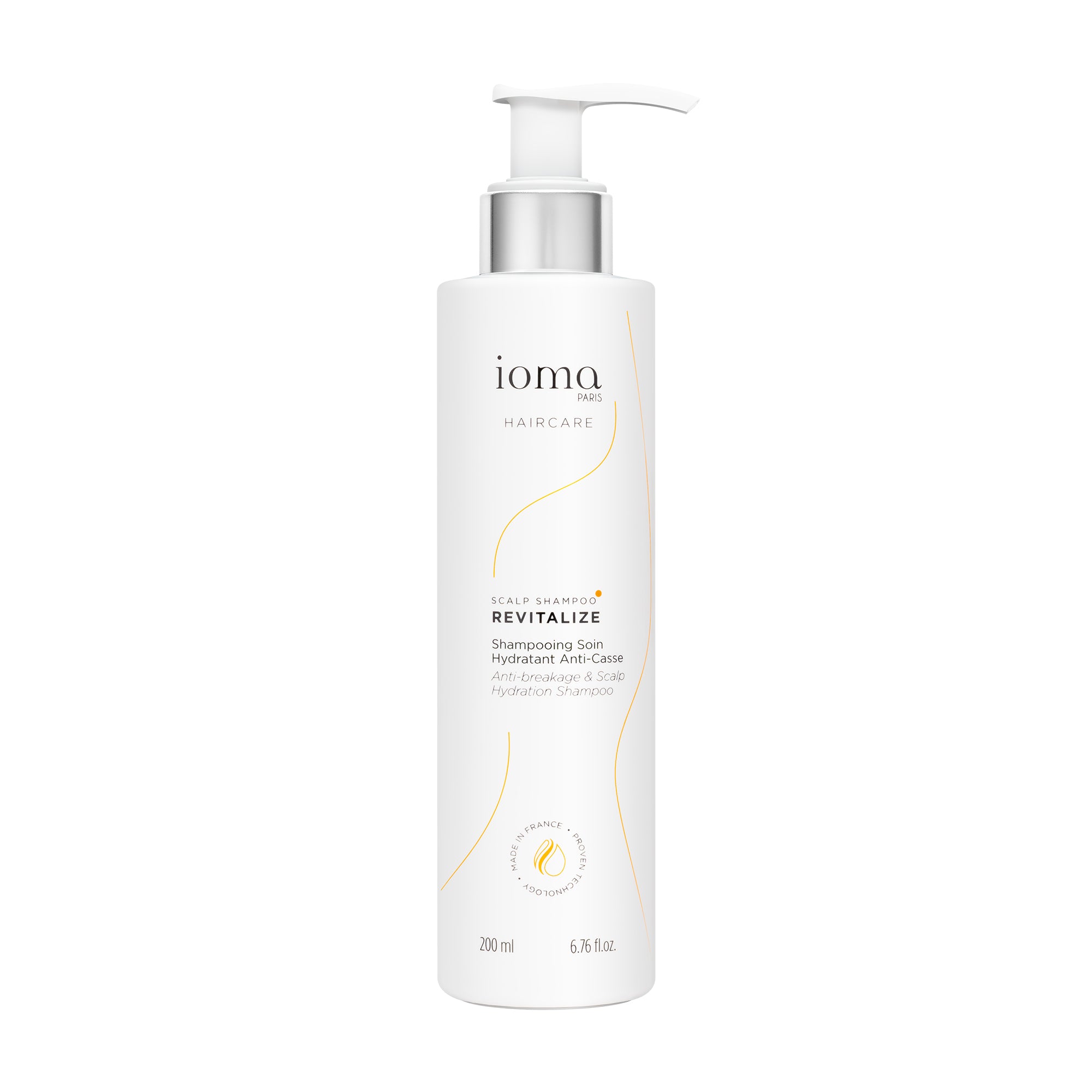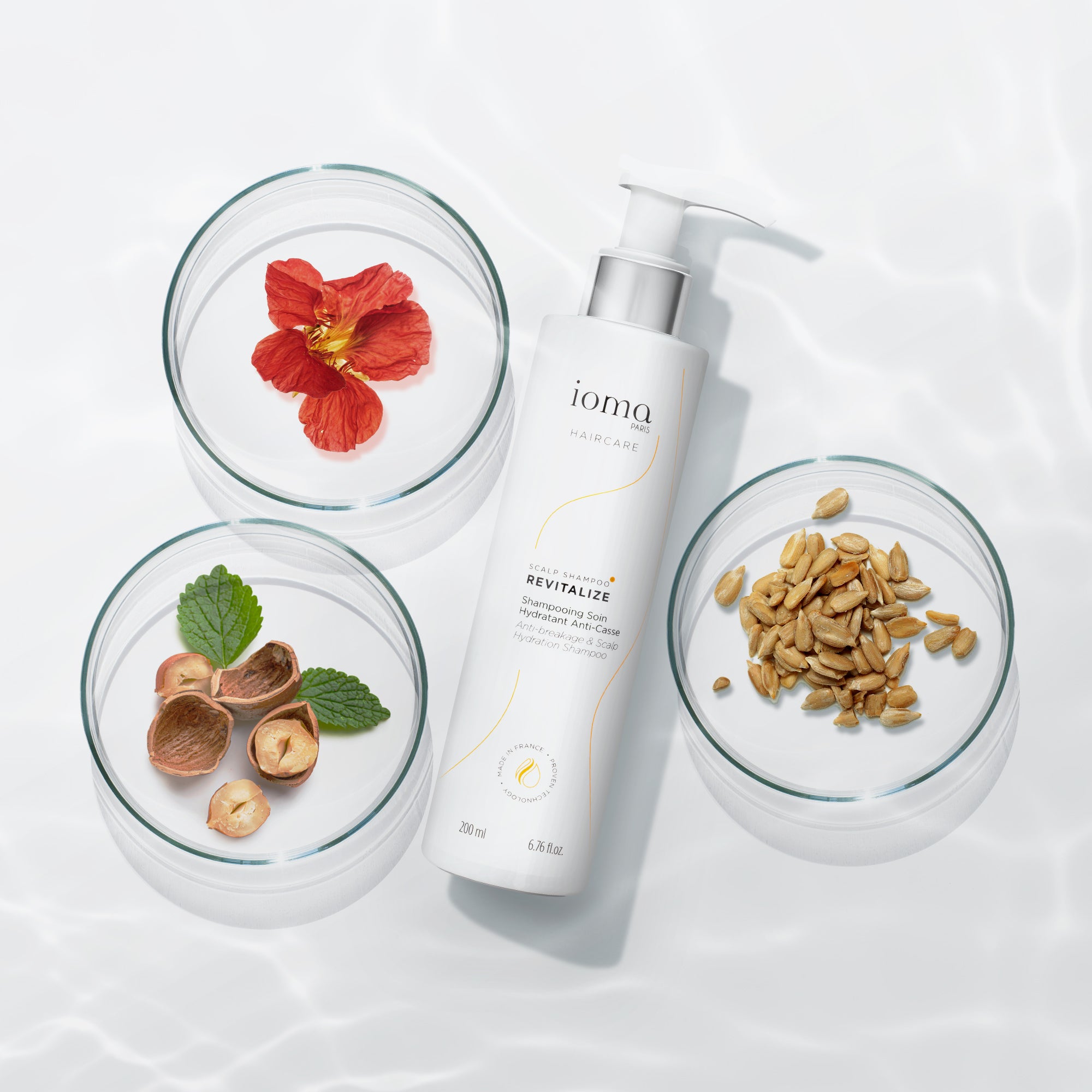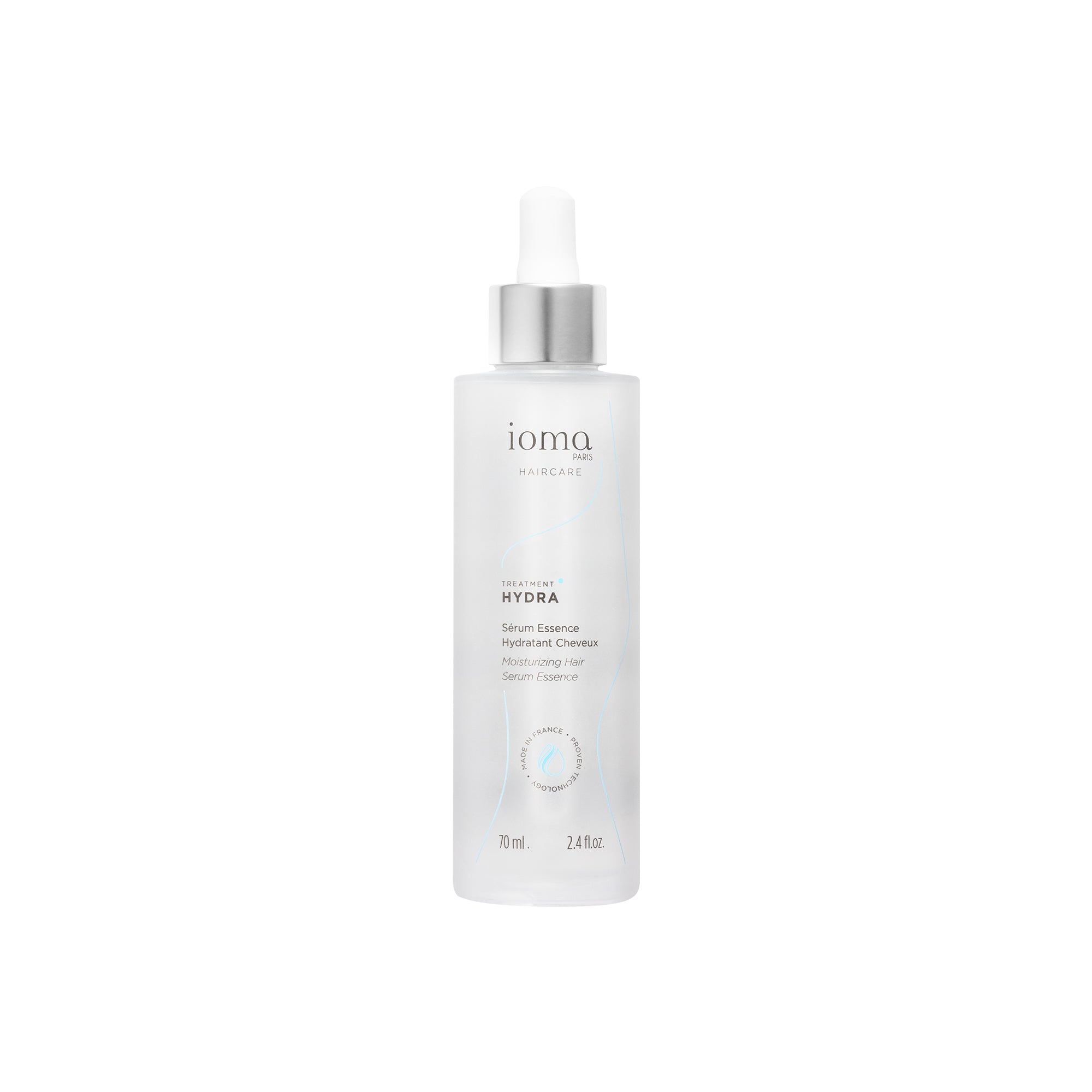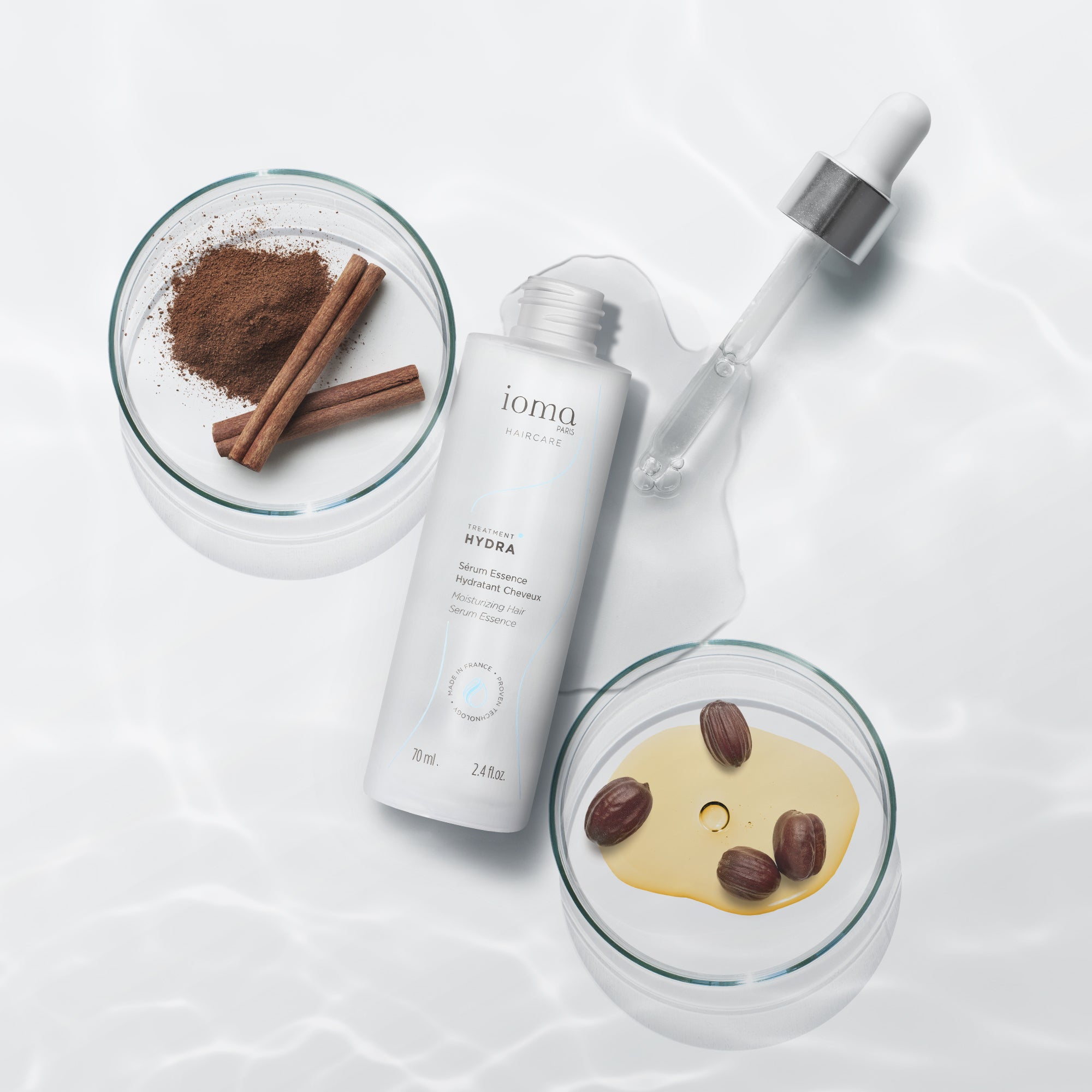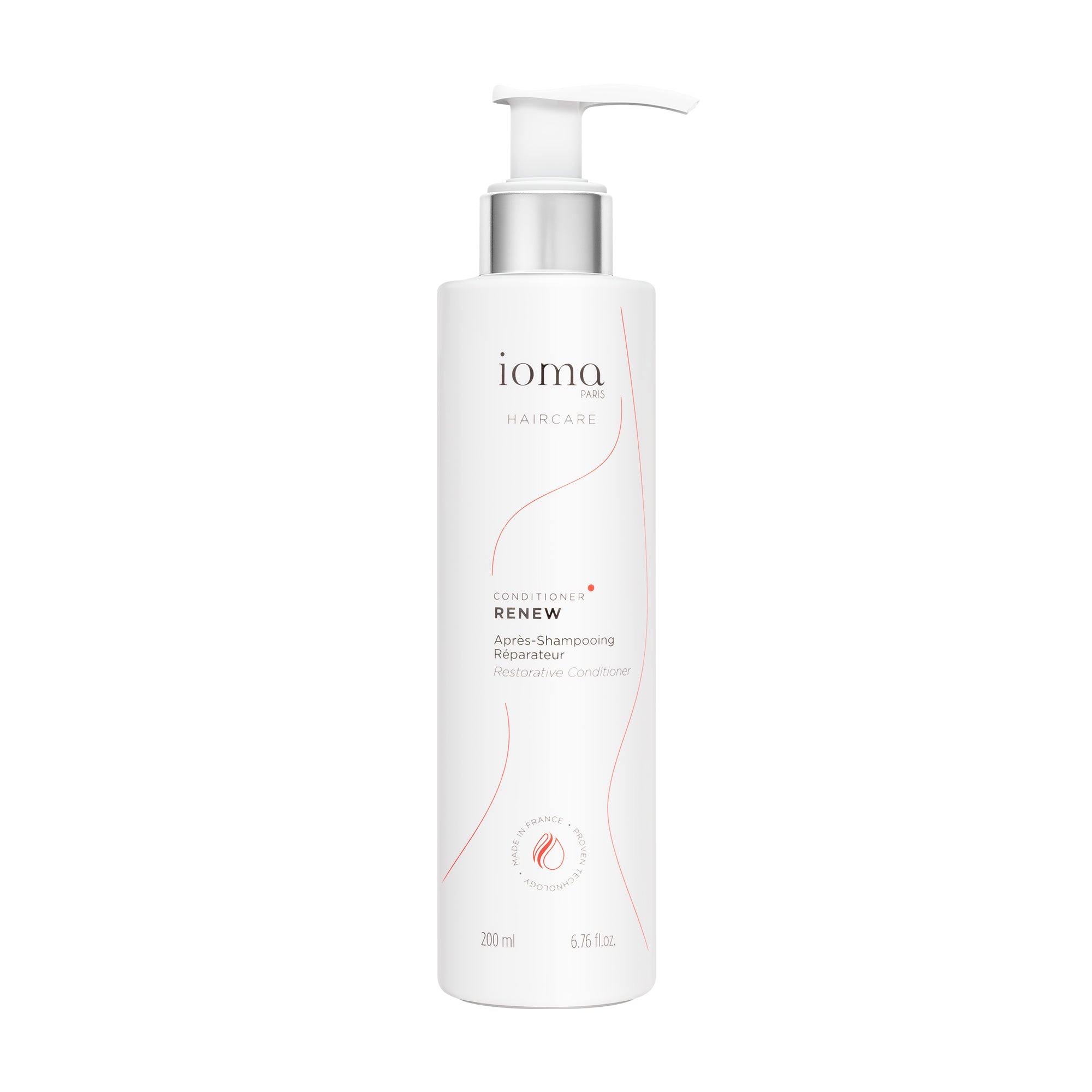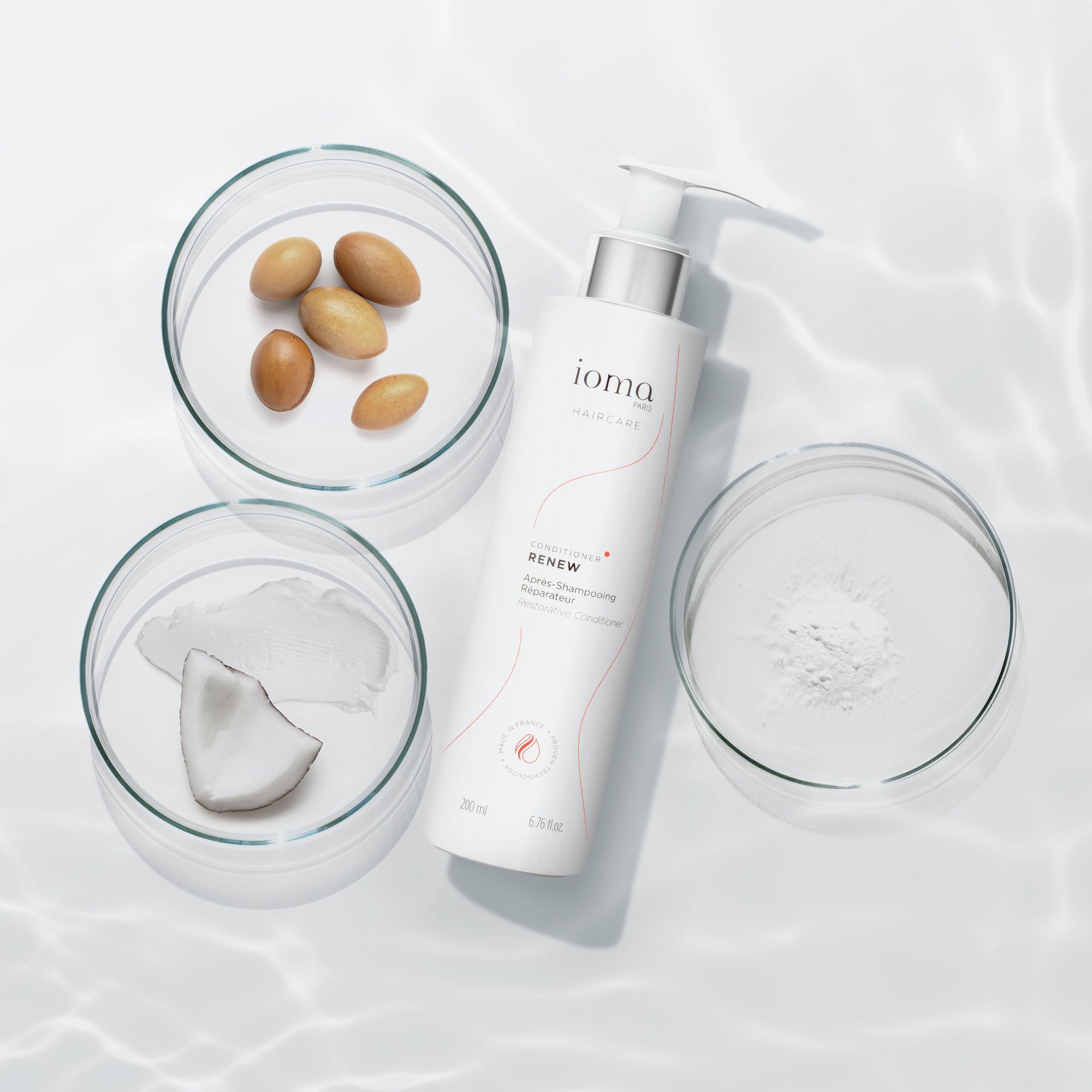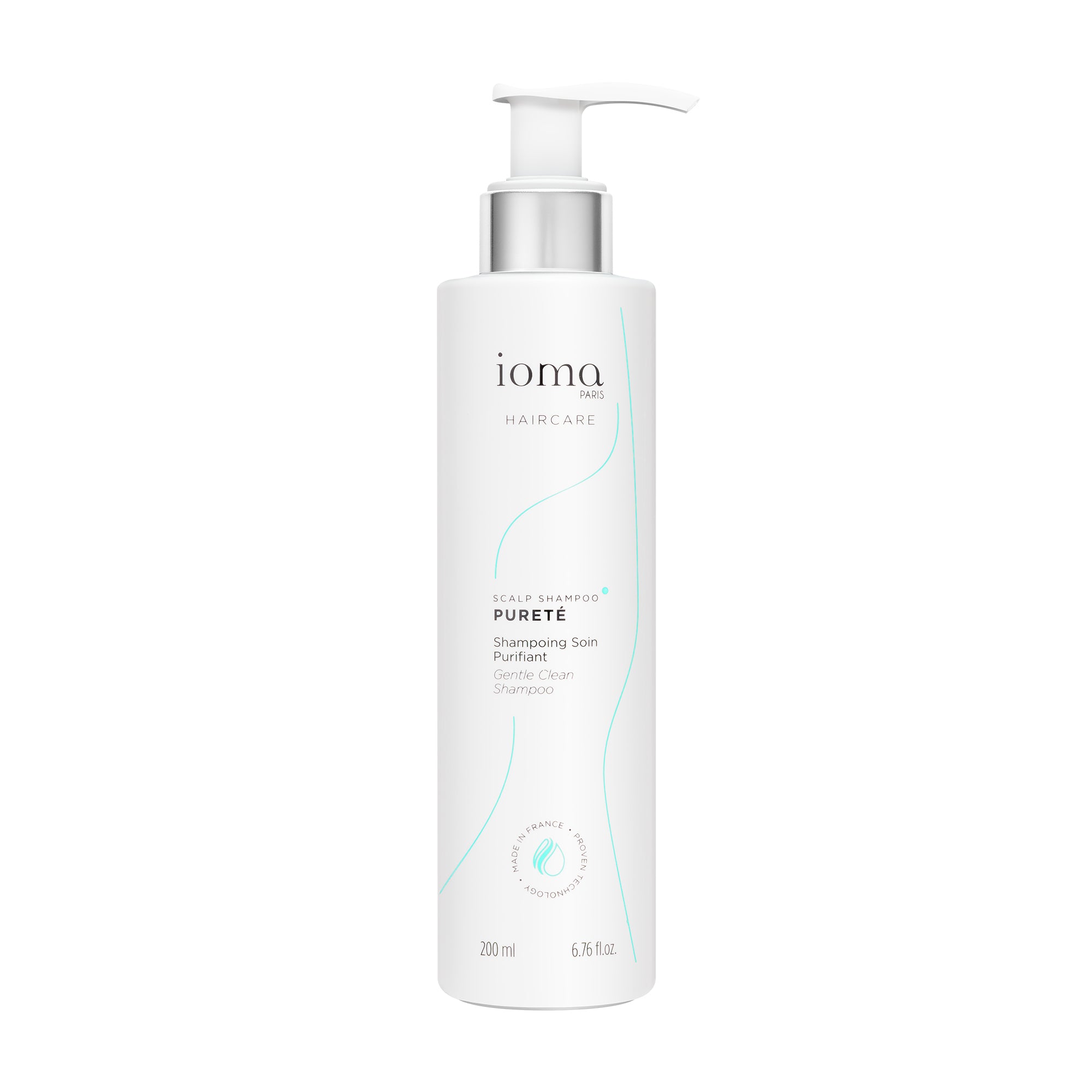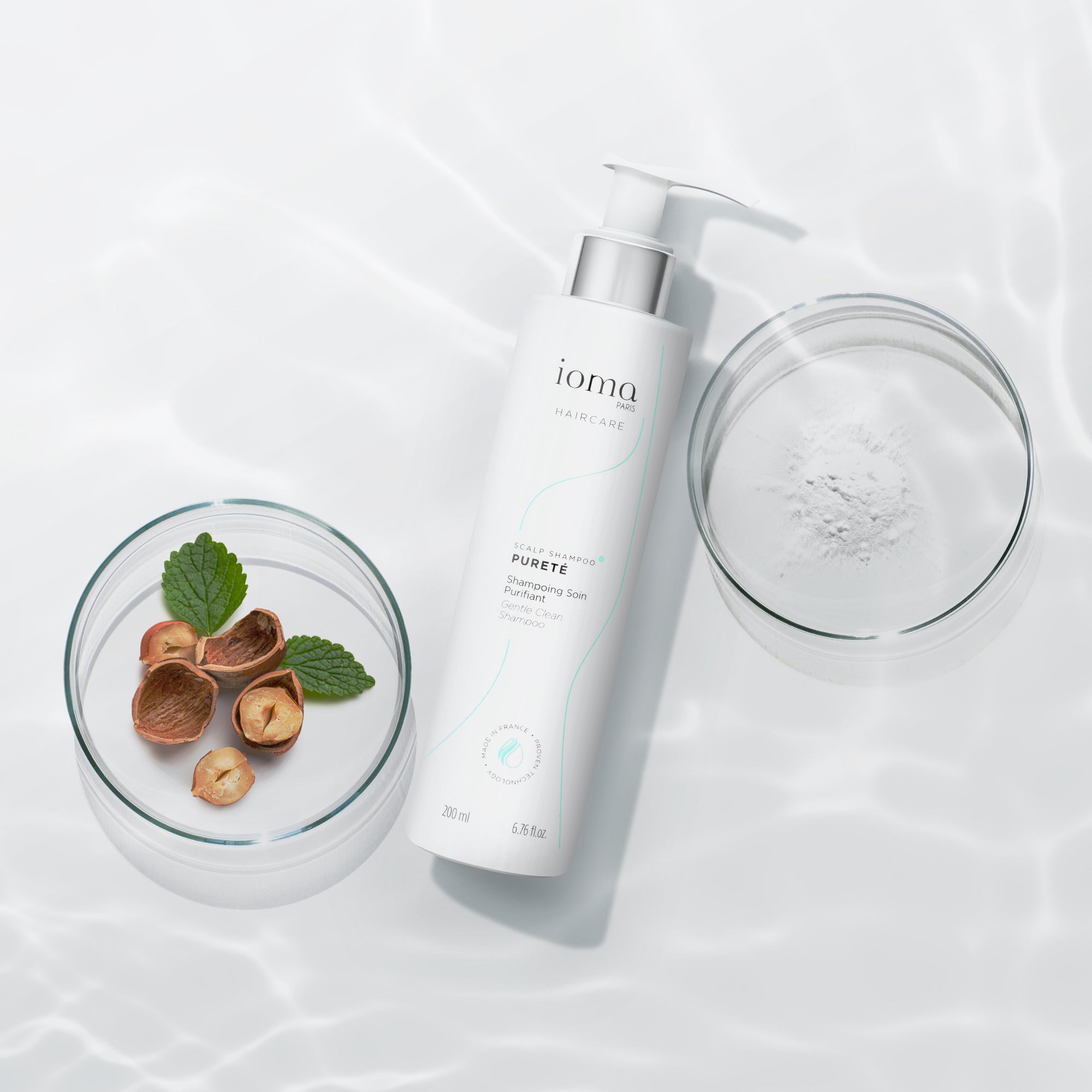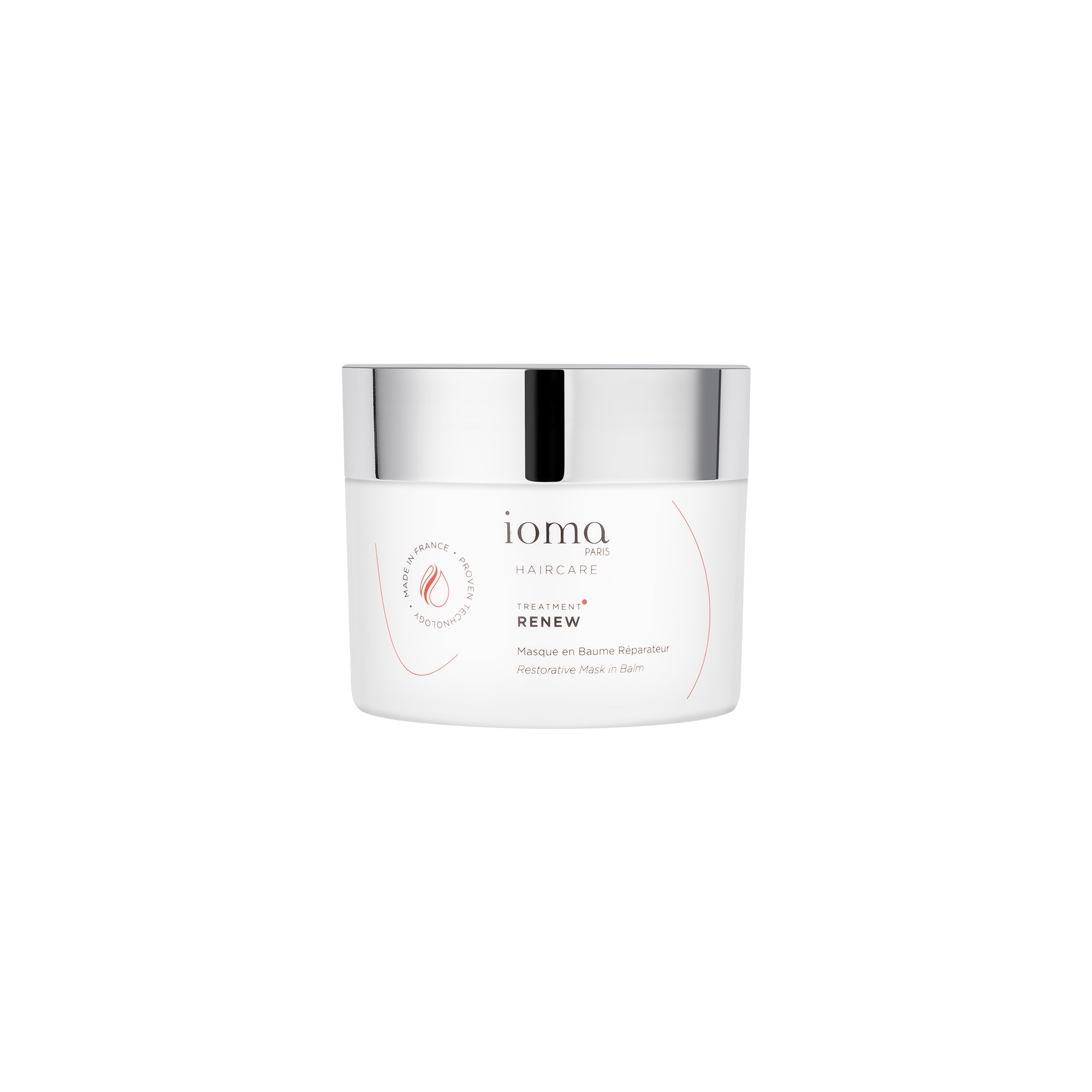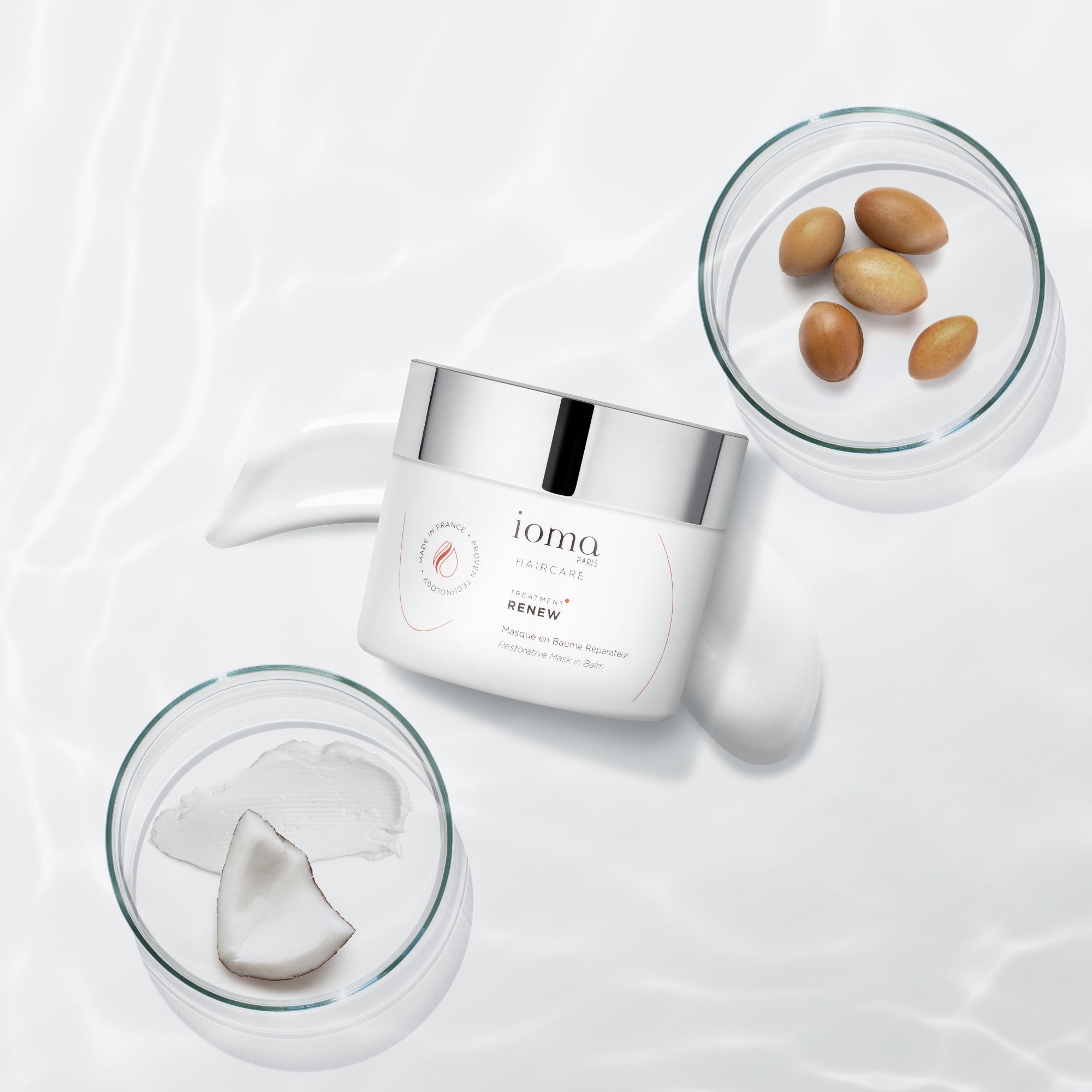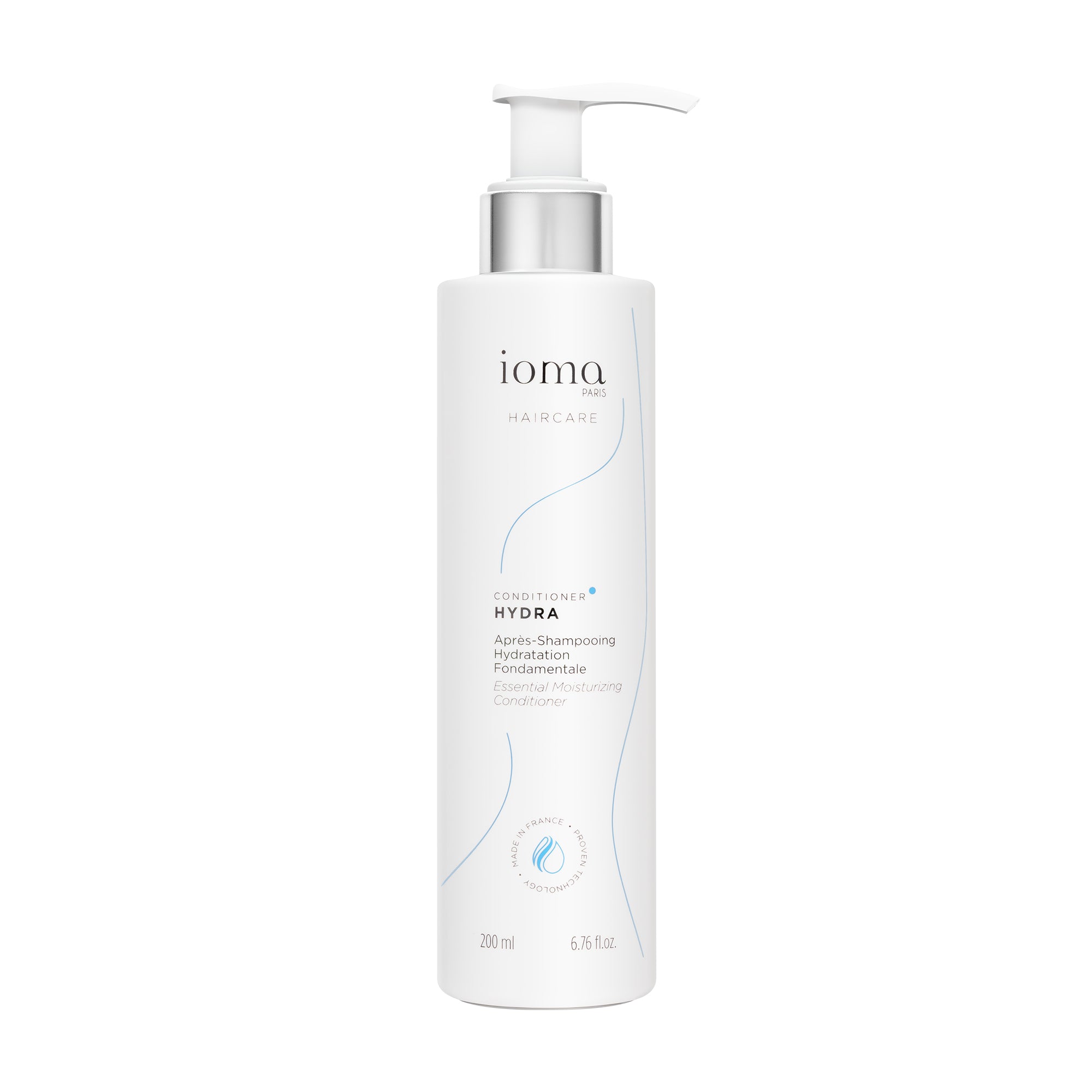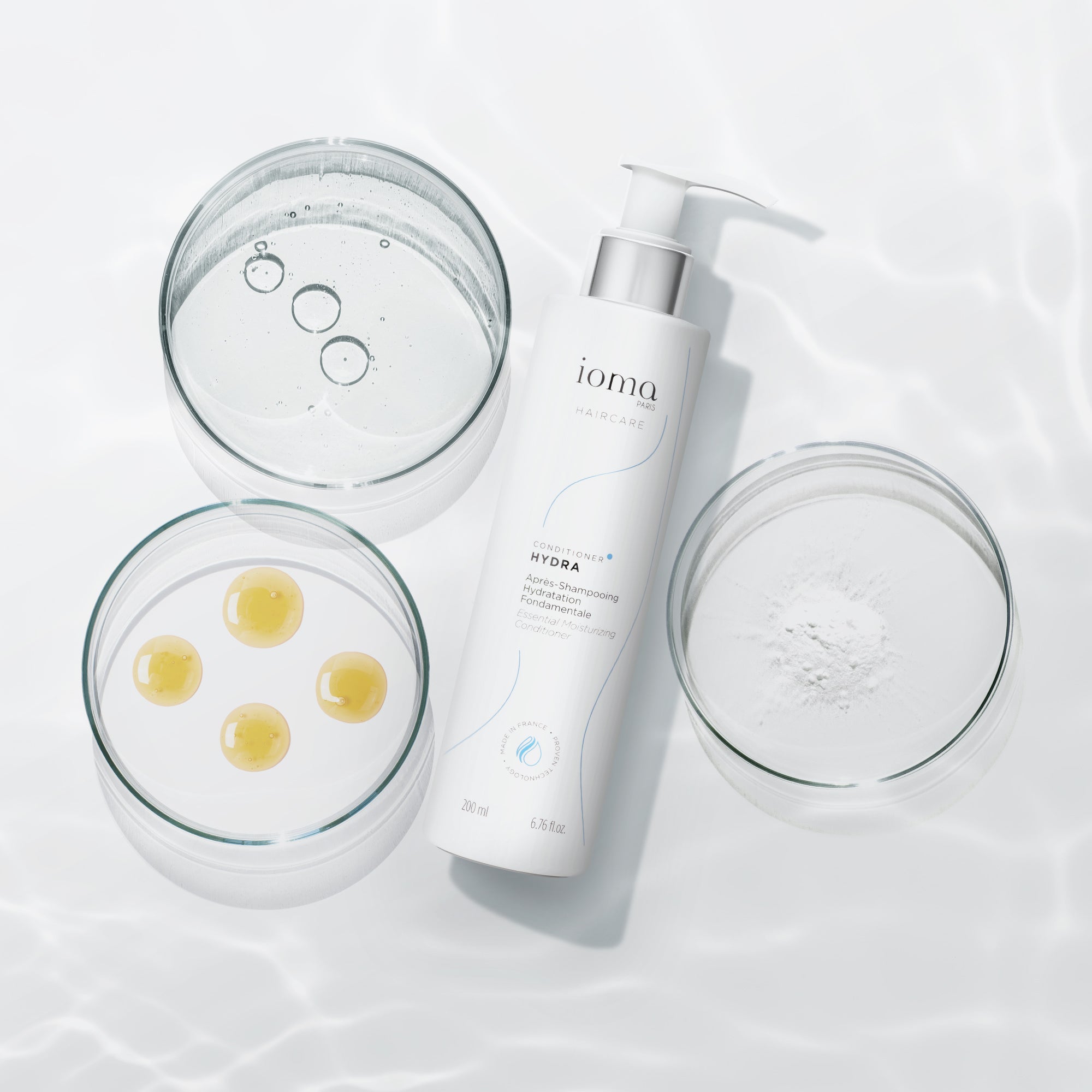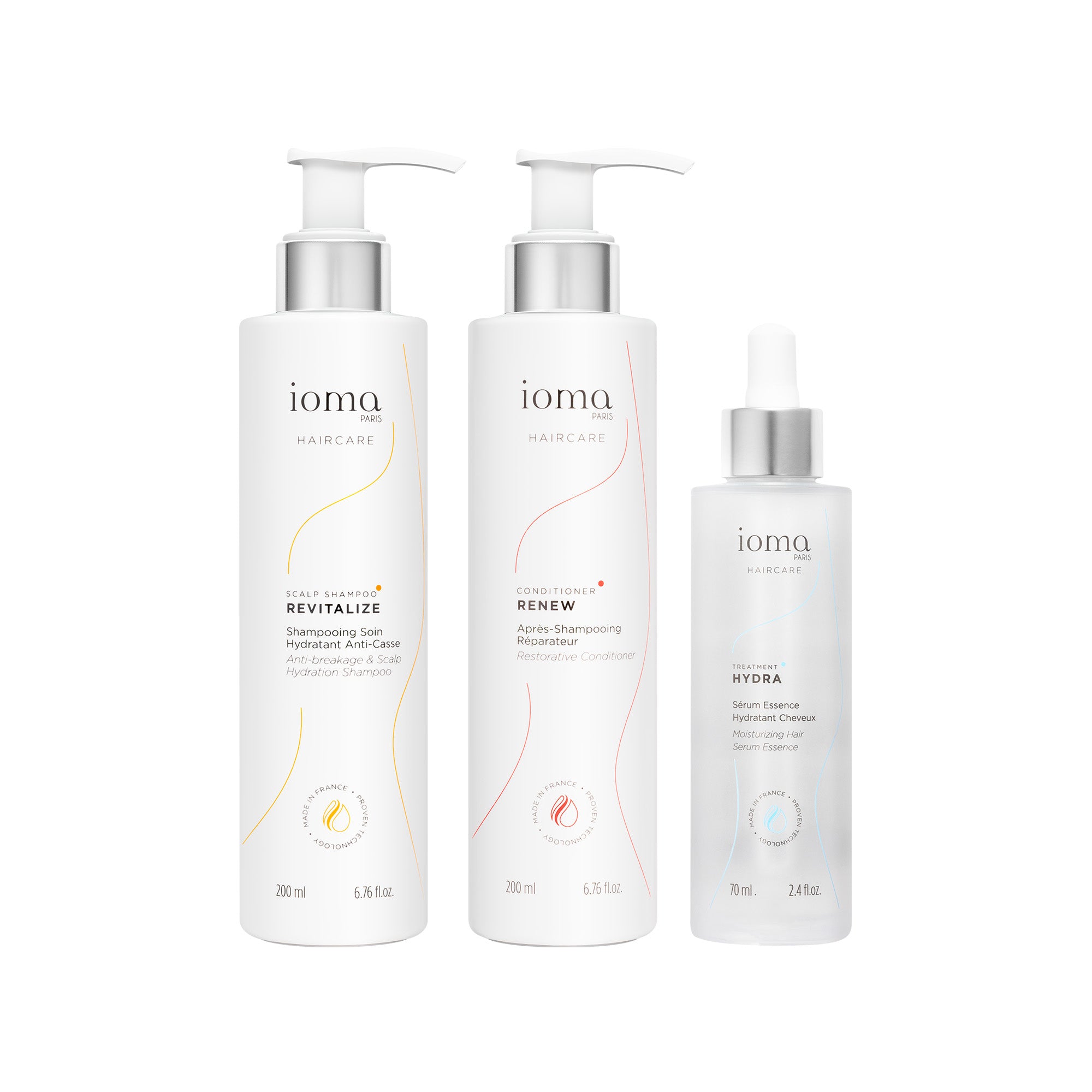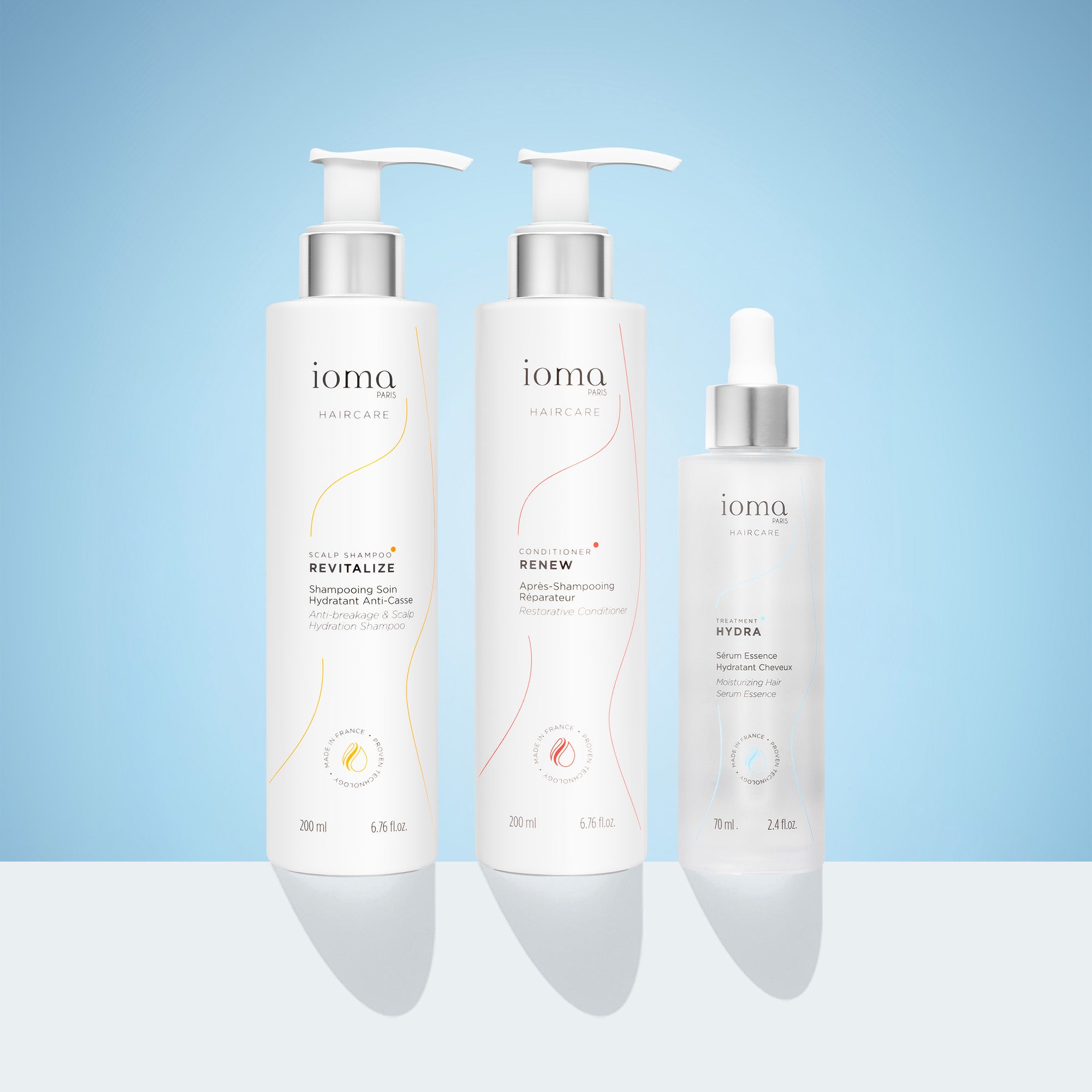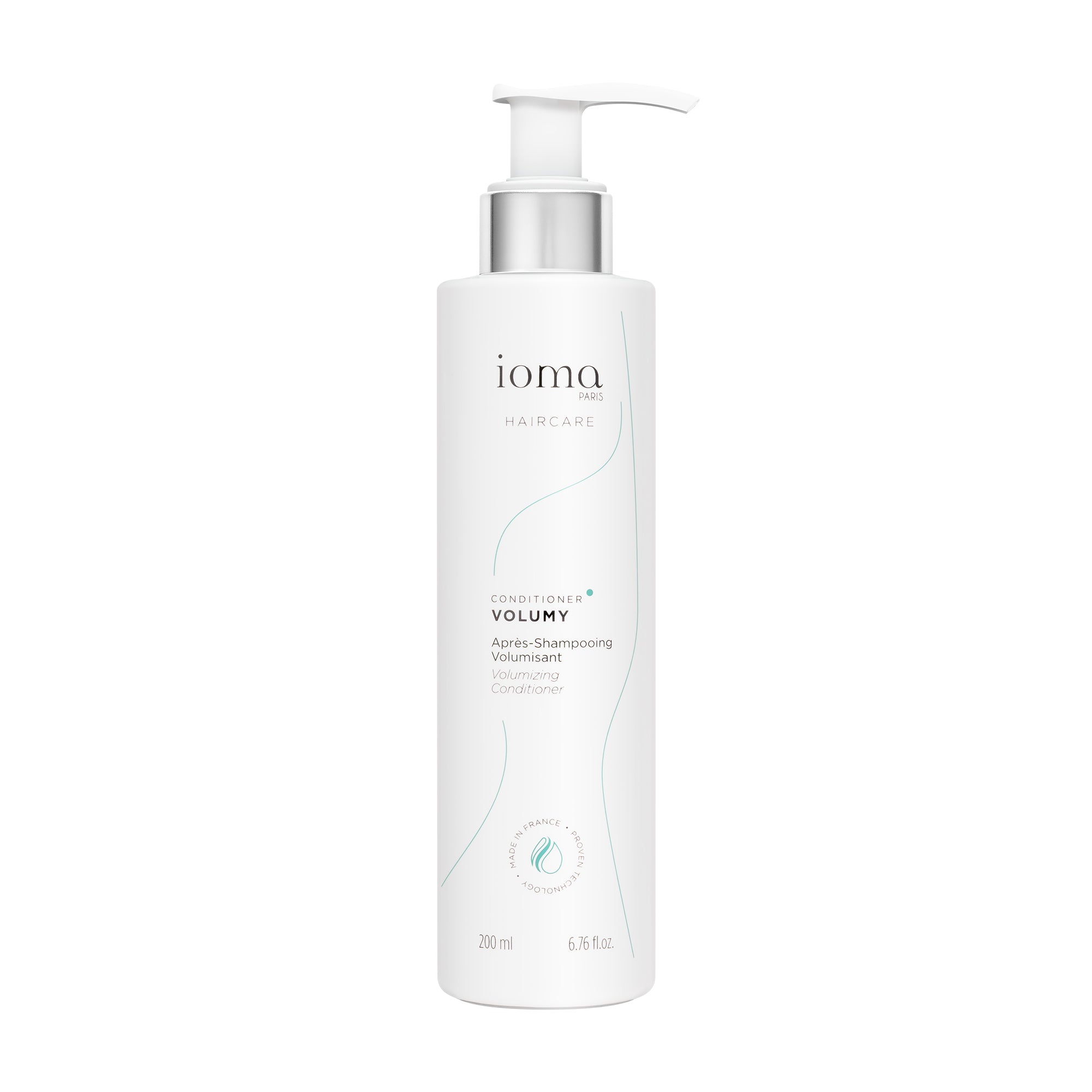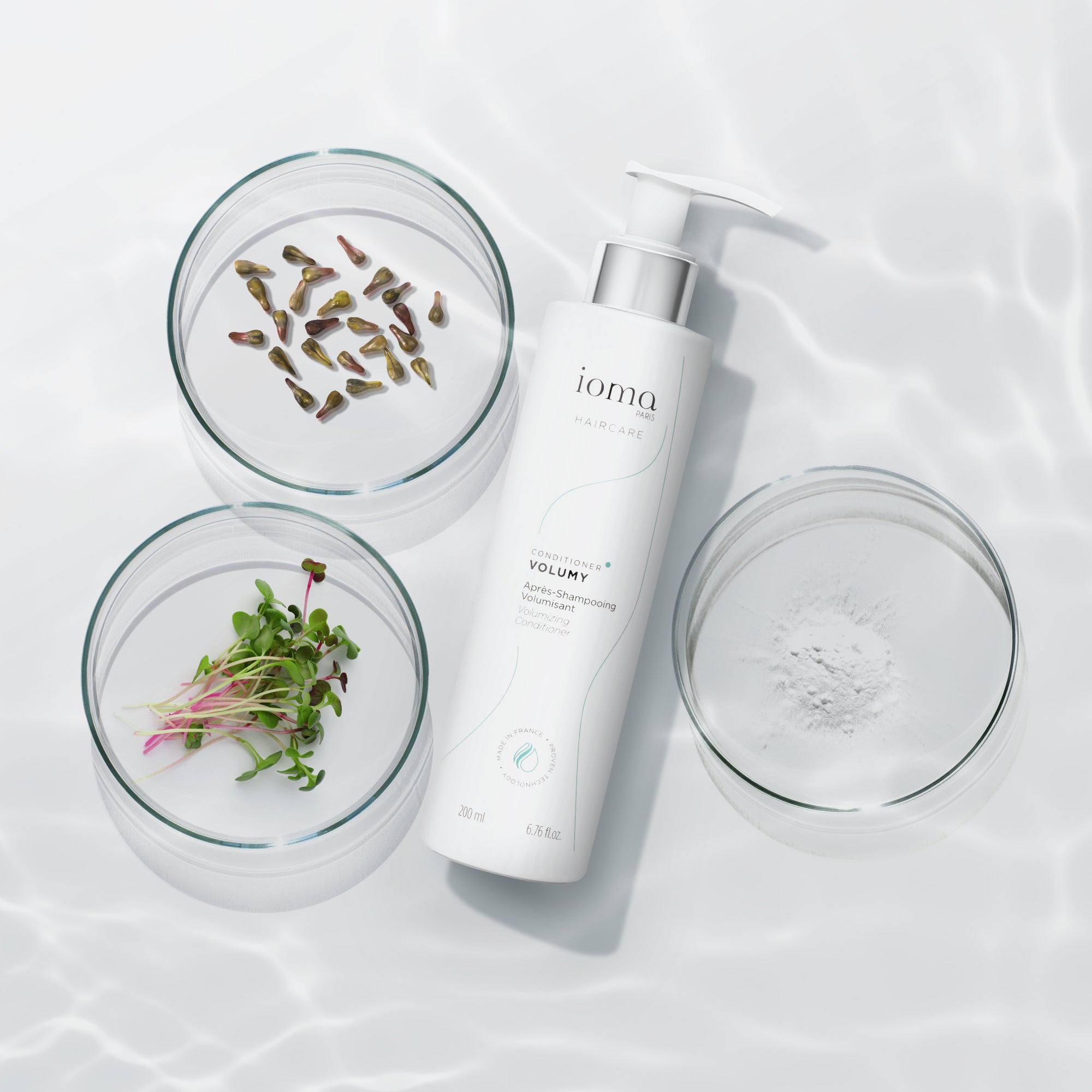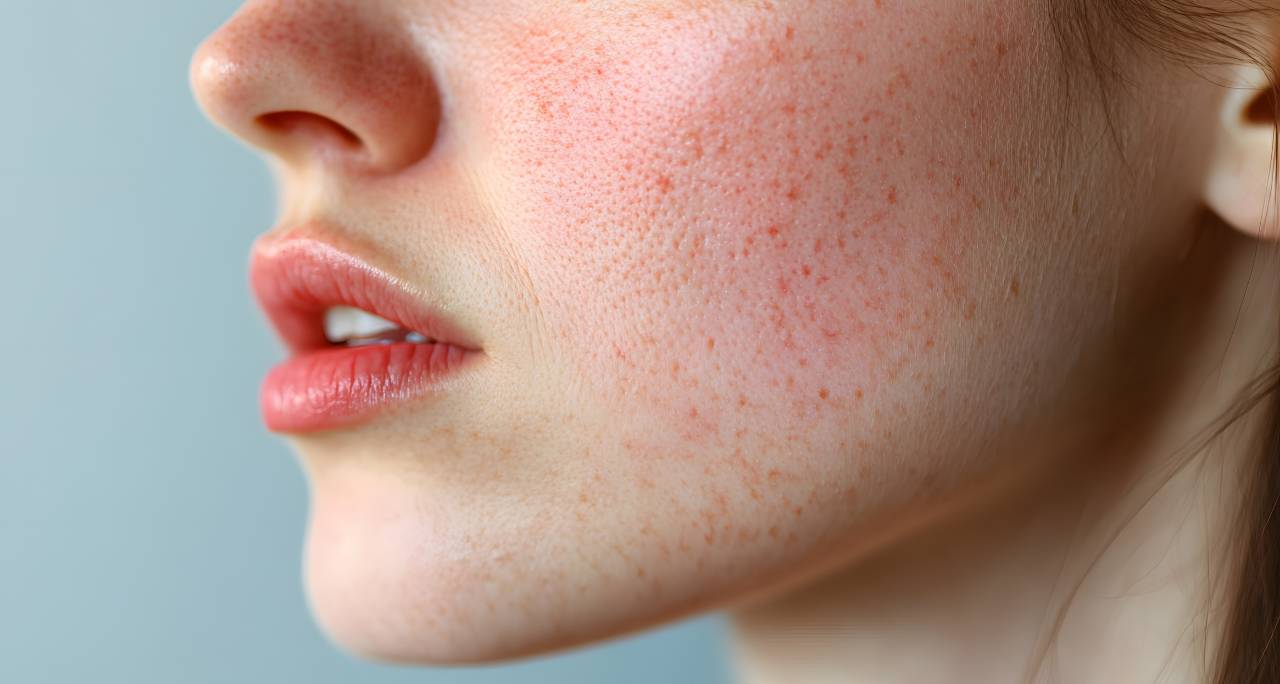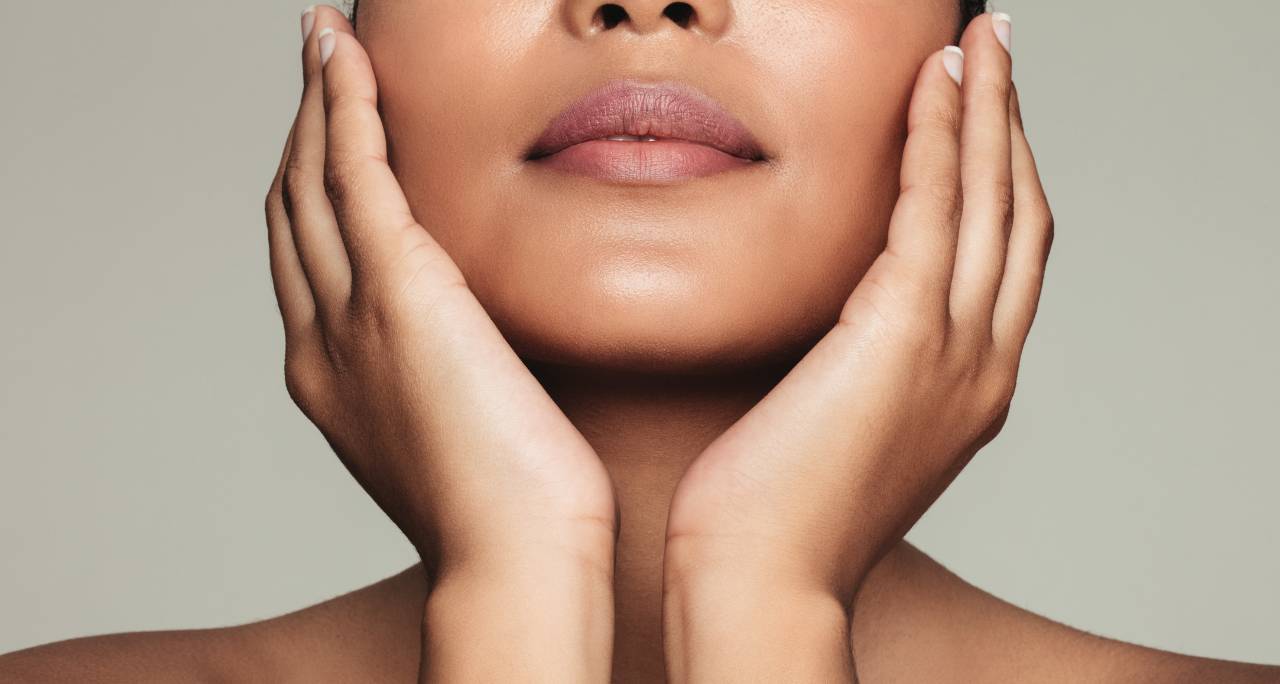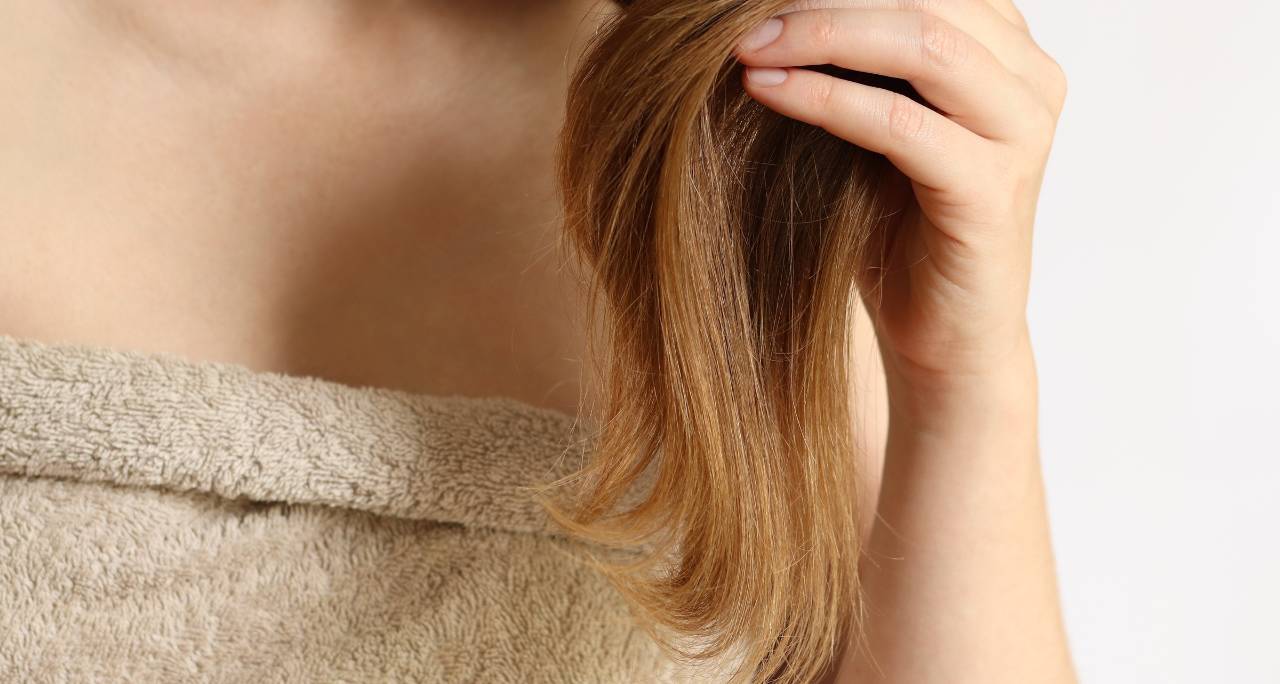
Brittle hair: the causes and the right steps to repair it
Strands that break when brushed, ends that fray, dull, limp hair... Brittle hair reflects a deep imbalance in the hair fiber. If it becomes fragile, it's because its internal structure has lost its cohesion. The good news: it's possible to repair damaged hair as long as you understand what damaged it—and adopt a suitable routine.
Why does hair become brittle?
Each hair is made up of three layers:
- the cuticle, the protective outer layer made of keratin scales;
- the cortex, the heart of the hair, rich in proteins and lipids;
- and the medulla, more central, present especially in thick hair.
When the cuticle lifts or thins, the cortex is no longer protected. Water evaporates, proteins degrade, and the fiber becomes rigid, porous, and prone to breakage.

Hair does not “repair” itself: unlike skin, it lacks regeneration mechanisms. This is why prevention and regular care are essential.
The main causes of brittle hair
Mechanical attacks
Vigorous brushing, tight hairstyles, or repeated rubbing weaken the cuticle. Each brush stroke creates a micro-crack in the fiber, especially on wet hair.
Friction against clothing or the pillow also contributes to breakage, particularly on the lengths.
Chemical attacks
Coloring, bleaching, straightening, or perming alters the chemical structure of the hair. These treatments open the scales to allow pigments to penetrate, but weaken the cortex by destroying some of the natural keratin.
Excessive heat
Hair dryers, straighteners, and curling irons damage the fiber at high temperatures. Above 180°C, keratin denatures: the hair loses its flexibility and becomes brittle.
Environmental aggressions
UV rays, wind, pollution, and even seawater accelerate the oxidation of proteins and lipids in the fiber. Over time, hair becomes coarser, duller, and more vulnerable.
Internal imbalances
Deficiencies in protein, iron, zinc, or B vitamins can also weaken hair fibers. An unbalanced diet or chronic stress often results in thinner, more brittle hair and slower growth.
How to repair and strengthen brittle hair?
Restore keratin and lipids
Hair needs a regular supply of restorative proteins and nourishing lipids to fill cracks in the cuticle. Treatments based on hydrolyzed keratin, ceramides, or vegetable oils (jojoba, argan, macadamia) nourish the fiber and improve its mechanical strength.
Deeply moisturize
Hydration is as important as nutrition. Hyaluronic acid and glycerin retain water in the fiber, preventing it from becoming dry and brittle. A weekly moisturizing routine ( mask or oil bath) restores elasticity and shine.
Protect before heat
Before styling, apply a heat-protective treatment to create a barrier between the hair fiber and the heat of the appliances. Drying at a moderate temperature (and never on wet hair) prevents dehydration.
Space out chemical treatments
Leaving several weeks between two colorings, preferring ammonia-free products and alternating with restorative treatments helps the fiber to regenerate. The goal: strengthen before transforming.
Trim the ends regularly
The ends are the oldest and most exposed. Trimming them every two to three months prevents breakage from moving up the lengths. A simple but essential step to maintaining visibly healthy hair.
Good reflexes in everyday life
- Detangle gently, preferably on damp hair, starting at the ends.
- Use suitable accessories: soft bristle brush, metal-free elastic bands.
- Protect hair at night: silk pillowcase or soft cap to limit friction.
- Avoid water that is too hot, which opens the scales and increases dryness.
- Eat a diet rich in amino acids and B vitamins to strengthen fiber from the inside out.
Brittle hair isn't inevitable: it's simply a reflection of a structural imbalance that can be corrected. By restoring keratin, limiting damage, and adopting a gentle, regular routine, the hair fiber regains suppleness, shine, and strength.
It is not the quantity of products that makes the difference, but the consistency of the actions and the consistency of the care.

